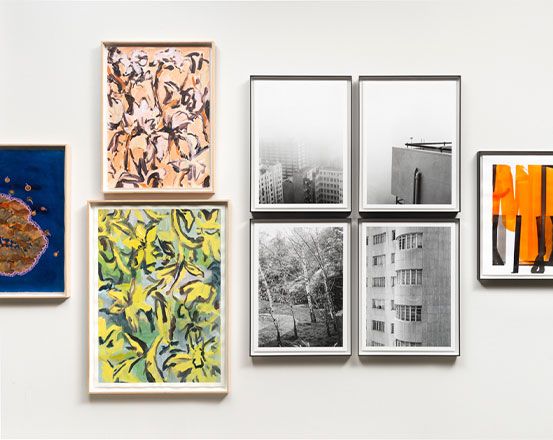What’s the intention of working at such a large scale such as that of your work at the la Ruta de la Amistad (the Olympic Park in Mexico City), in comparison to smaller works that you’ve done?
The sculptures at la Ruta are huge, a few are around 20 metres, so at 6 metres Bajo la Ruta is small by comparison. It’s much larger than anything I’ve made before and going from 2 to 6 metres has been a big jump and we worked hard to find the solutions to make it work. The sculptures at la Ruta are in the most part seen from a moving vehicle, and Bajo la Ruta needs to be large enough that it can be seen clearly from two roads, one being a flyover with as many as a few hundred thousand passers-by a day.
Can you explain the principal ideas behind your recent project, Bajo la Ruta in Mexico City, and has this project felt different to other works?
The significant difference with Bajo la Ruta is that we’re working to show the public the many changes the surrounding environment has undergone, and the impact of those changes. Digging in this area we have discovered a lot of different plastics alongside asphalt and brick, which at some point, probably during the building of the periferico – the highway - were used as landfill.
In the beginning I simply thought of the project as scaling up my previous artworks, but in many ways I was wrong. The size of the sculpture demands we take a different approach to constructing the frame, not unlike making a small building. I’ve also had to change how I clean the material that is going inside the sculpture – earth and rock. I’m a little less particular, and this is because of the volume and the fact that most people will see it from a distance.
Noting the importance of materiality, how important is the design and construction for the frame of this project?
The frame has been a big learning curve. Due to the size and weight of the sculpture we’re having to make it in three sections of 2 metres that fit one on top of the other. I had help with the design from engineers at WSP Global – who designed the Shard in London - and I really learnt a lot from them. We made several mistakes, but we’ve finally found a solution. The sculpture is not just a visual object, it must also function.
What will be the legacy of Bajo la Ruta, and where do you see yourself moving forward upon its completion?
I’m hoping Bajo la Ruta is well received by the public, and that everyone involved believes we have achieved what we set out to do – that we are able to bring an awareness of the human impact on the environment in cities like this. I think the aim of making any artwork is that it leads you to another, and this sculpture isn’t any different.
Site seems to play a key role in the formation of your works. Is site integral to the success of a piece, and how does the consideration of site inform each work?
Wherever I make these sculptures they will look different, because the materials will vary from place to place, and until we start collecting, I don’t really know how it might be filled, and what it will look like. That comes later.
Your works appear to have an appeal that could cross culture and age divides. Do childhood and memory play a role in your creativity?
Absolutely. These sculptures are so heavily influenced from the things I saw as a child on the beach on the Isle of Wight. The colours of different flavour ice creams in the chest freezer, deck chair slips, and sticks of rock, and of course the sand in a bottle Souvenirs they reference. By using earth and rock, it’s a very direct way of showing time and the many changes in the natural environment, which is something you can see walking along the many beaches on the Island and looking up at the cliffs.
Your works seem to reference the environment and materials irrespective of their location. How has being an artist affected your views of society and our relationship with nature?
I grew up living very close to nature, and I spend as much of my free time as I can in nature. My views about society, and societies relationship with nature has changed, not because I am an artist, but because I am a human living on a dying planet.
Having worked in different places across the globe, if you could work anywhere in the world, where would it be and why?
I want to make my biggest sculpture on the Isle of Wight because I like stories, and I like the idea that this story might come full circle. I’d also like to make sculptures in Argentina, Namibia and Saudi Arabia, because I love the landscapes.
Is the process of creating as important as the outcome? How important is process to you?
The work here has been challenging. We’ve been digging for material and cleaning earth and rock for four weeks now, it’s tiring and sometimes boring. When I look at my sculptures, I think about the journey all the way through from collecting the material to the finished object. I think each of them is a bit like a portrait or snapshot of myself in a place at a time, and I read this like I would a timeline. It’s a different timeline to the one the public might appreciate which is more to do with the environment and materials; and so I would say there are two timelines here, one about process which is largely hidden, and another which can be seen in the visible outcome.










